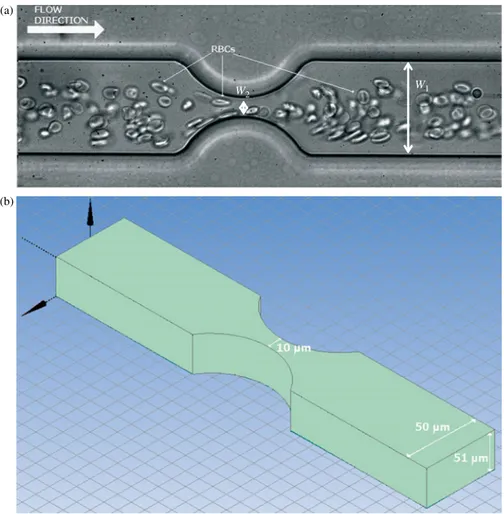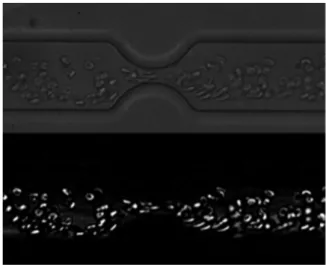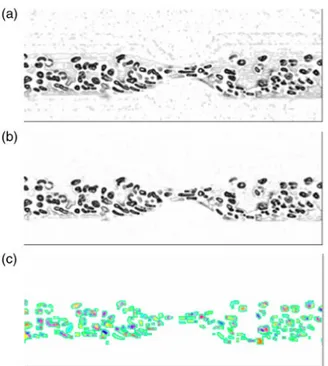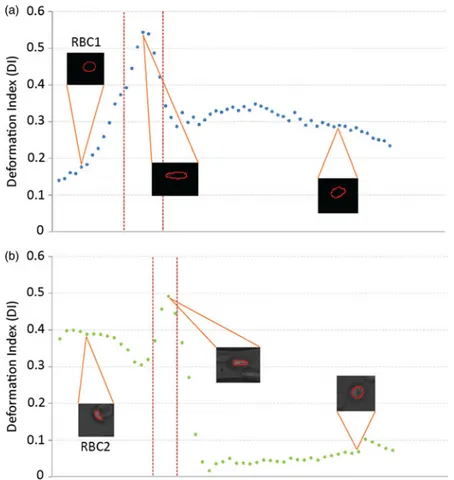Automatic tracking and deformation measurements of red blood cells flowing through a microchannel with a microstenosis: the keyhole model
Texto
Imagem




Documentos relacionados
In AWAKE Run 1 we demonstrated that: a proton bunch (∼two orders longer than the plasma electron wavelength λ pe ) self-modulates over 10 m of plasma; that this self-modulated
These results indicate that the RBCs tend to flow in the core region of the bulk flow after flowing through the stenosis, though RBCs initially located in the core region
The current sludy proposcs an automatic method ror scgmcntation and tracking Red Blood Cells (RBCs) Oo\Ving Ihrough a 100 (.Im Glass capillary.. Thc original images
ABSTRACT: The present study aims to assess the motion of red blood cells (RBCs) under both shear and exten- sional flow using an image based technique. For this purpose, a
The numerical, experimental and analytical results of the present work were obtained for the middle plane (25 m height) of the rectangular microchannel.. 4 shows, the
Como o gênero não é abordado, de maneira expressiva, em sua dimensão social e, ainda, os propósitos comunicativos não se manifestam de forma clara na maioria das
Managers involved residents in the process of creating the new image of the city of Porto: It is clear that the participation of a resident designer in Porto gave a
Study 1 showed that romantically involved individuals predominantly focused on promotion, but not prevention, reported less initial attraction to an attractive tar- get than

